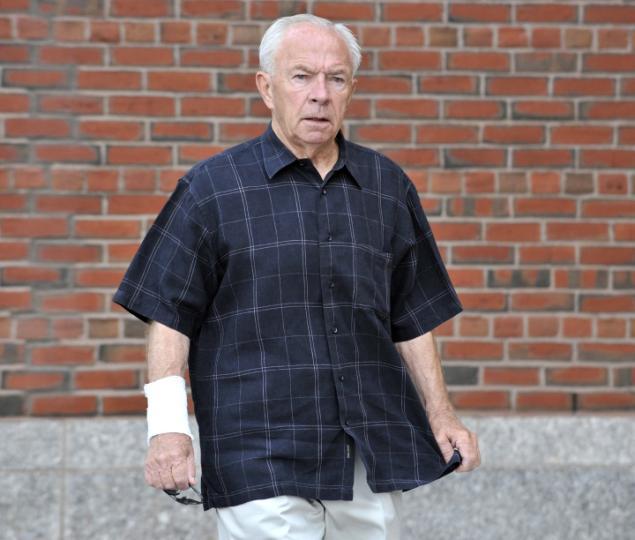The lovable, perpetually smiling comedic genius America knew so well, Johnny Carson, was an entirely different person beneath the facade.
He raged internally, author Henry Bushkin suggests in his new book by the comedian's name, because of the cold mother who refused to offer him any affection, no matter how successful and enormously popular he became. Johnny Carson, beautifully crafted with anecdotes, is so laden with examples of her boorish behavior it makes me wonder if Carson's mother suffered from mental illness.
Bushkin describes his intensely close business/personal relationship over 20 years as Carson's attorney, adviser, drinking budding, tennis pal, globe trotter and multiple other roles the tormented comedian demanded. But the two men were not friends as any normal person would define that term, even though Carson himself once told a reporter that Bushkin was his "best friend." But the author said there was no doubt who was in charge, because when Carson barked, Bushkin came running.
He describes both Carson's remarkable and enduring talents, as well as the prima donna syndrome the Tonight Show host suffered from. He'd explode in anger if the slightest thing went wrong. Carson particularly liked to blame whomever he was closest to for whatever problem just occurred, and that often was the author. Being a punching bag was part of the job requirement to float in the star's orbit.
For example, Bushkin says Carson once railed at him after the big stock crash in 1987 and why he didn't get him out of the market earlier. He played plenty of roles for Carson, but the author says he had nothing to do with stock picking! Carson had somebody else for that.
Carson's personal life was a shambles by any measure. A four-time husband, he admitted to Bushkin in one of their first meetings that he "wasn't good at marriage" and that the attorney always needed to remember that. Indeed. Three divorces caused the comedian a fortune and he was separated from #4 when he died alone from emphysema. Carson was a four-pack-a-day smoker.
Being so famous and wealthy attracted an endless stream of beautiful women who apparently didn't care a whit that the guy was married.
For Carson, Bushkin explains, marriage was a desirable and natural state because it provided a home, stability and somebody always at the ready to accompany him at social functions. Apparently, its value ended there. The man described in this book had no interest in an actual relationship or real intimacy--with anybody! He had demands, both personally and professionally, and anybody who failed to meet them was banished from his kingdom, never to be spoken to again. Eventually his longtime adviser, Bushkin, joined that list.
What was so striking about this narrative is that Johnny Carson was such a charismatic figure that people would do and give up almost anything to please him. The author himself admits to eventually emulating Johnny's relationship habits and blew his role as husband and father to what appears to be a wonderful family. Buskin's wife finally tired of Johnny always coming first.
How about all of these wives? His indiscretions were not secrets to them, yet they signed on for this. He often gave expensive jewelry to wives who caught him with his pants down. But eventually, they, or he, had enough, too and the legal process ensued.
Carson's personality, as described, strongly resembles that of other artistic geniuses, including Steve Jobs, Elvis Presley and Frank Sinatra. Would their success not have been possible had they been able to relate to others in a healthy way? My psychiatrist friends could certainly pontificate on that one for a while.
The more positive aspects of Johnny Carson's persona are also richly detailed. Bushkin describes how Johnny calls him into his office to claim that somebody is stealing cash out of his wallet every single day. He kept about $1,500 in his pocket at all times, in addition to a 38-special.
They installed cameras in his office and sure enough, one of his office assistants was shown lifting the cash out of his jacket pocket. You'd think the tyrant we've been reading about would have immediately fired the guy. But no. Johnny gave him a raise!
Carson genuinely liked him because he otherwise did an excellent job. I guess he figured if the man needed money that badly a raise would stop the stealing.
Carson was also known to send off large checks, including a $100,000 one to a restaurant owner who fell on hard times, when somebody close was struggling. He had all the cash in the world with which to be generous and live a lavish lifestyle. Despite it all, from the Rolls Royces to the mansions to the gorgeous babes and public adoration, I felt sorry for this man. He did not have a wonderful life, but he did enrich ours. Until I read Johnny Carson, I did not know that.
Bushkin described Carson as a complex man. Indeed he was.





















